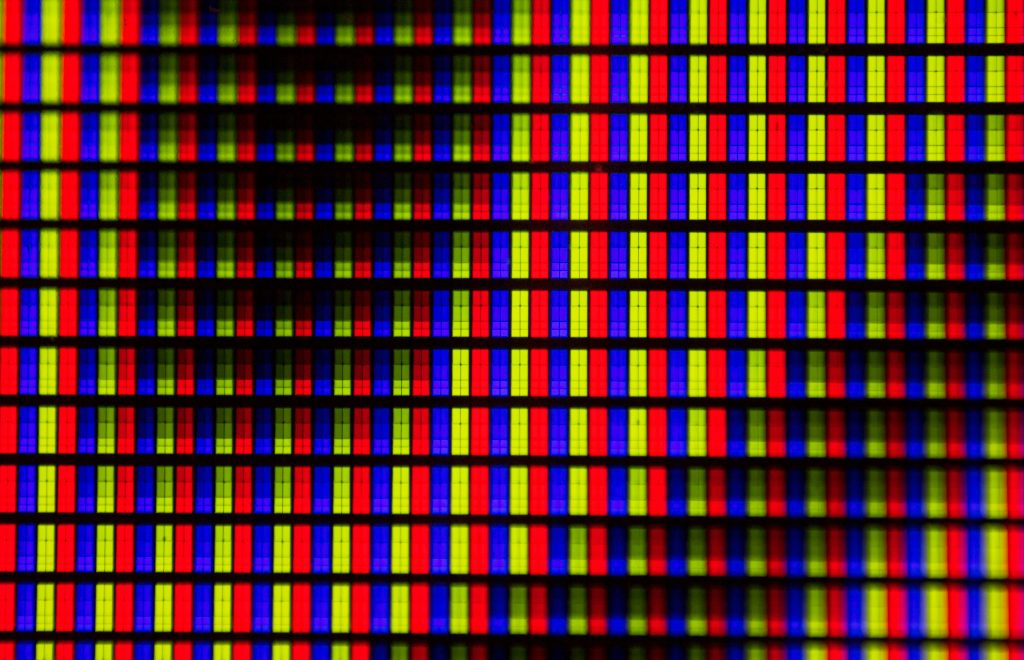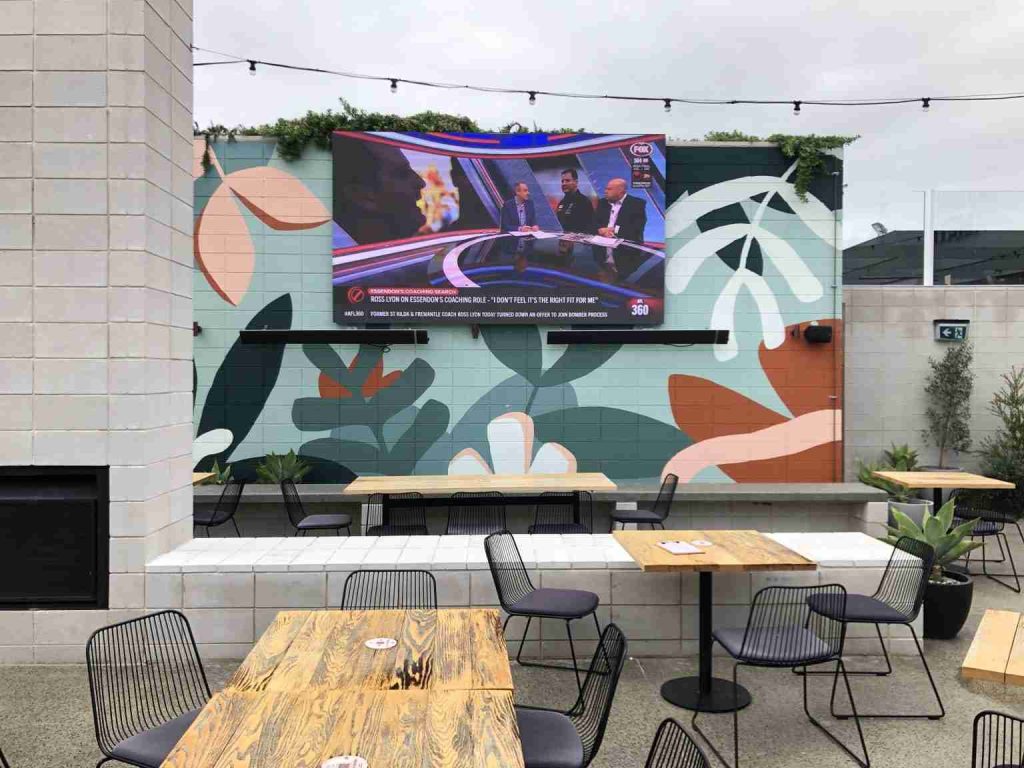How to Identify the Quality of LED Display Screen
Recommended reading
How Innovative LED Technology Conquers Efficiency and Visual Limits in Touring
Recommended reading+86 755-33691736inquiry@dicolorled.comNo.13 Huiye Road ,Tangjia Community,Fenghuang Street, Guangming District, Shenzhen,China 518103 Shenzhen Dicolor Intelligent Technology(Dongguang) Co., Ltd Gate No.4-5, Building A-17,...
Beyond Price: 3 Overlooked ‘Hidden Values’ When Choosing a High-End Fixed Installation LED Display
Recommended reading+86 755-33691736inquiry@dicolorled.comNo.13 Huiye Road ,Tangjia Community,Fenghuang Street, Guangming District, Shenzhen,China 518103 Shenzhen Dicolor Intelligent Technology(Dongguang) Co., Ltd Gate No.4-5, Building A-17,...
The Ultimate Small Stage Setup Solution: Dicolor UL Series All-in-One Pre-Setting Cart
Recommended reading+86 755-33691736inquiry@dicolorled.comNo.13 Huiye Road ,Tangjia Community,Fenghuang Street, Guangming District, Shenzhen,China 518103 Shenzhen Dicolor Intelligent Technology(Dongguang) Co., Ltd Gate No.4-5, Building A-17,...
COB vs SMD LED Display Technology: The Definitive 2025 Comparison Guide
Recommended reading+86 755-33691736inquiry@dicolorled.comNo.13 Huiye Road ,Tangjia Community,Fenghuang Street, Guangming District, Shenzhen,China 518103 Shenzhen Dicolor Intelligent Technology(Dongguang) Co., Ltd Gate No.4-5, Building A-17,...
Customer Service
+86 755-33691736
inquiry@dicolorled.com
Headquarters Address
No.13 Huiye Road ,Tangjia Community,Fenghuang Street, Guangming District, Shenzhen,China 518103
Shenzhen Dicolor Intelligent Technology(Dongguang) Co., Ltd Gate No.4-5, Building A-17, No.780 Xiecao Road , Xiegang Town, Dongguan, Guangdong, China
LED display screens, known for their vibrant colors and energy efficiency, are ubiquitous in today’s digital landscape. Identifying high-quality LED screens is crucial for ensuring clear, durable displays. This guide aims to equip readers with the knowledge to discern the quality of LED displays, enhancing their viewing experience.
What is the Quality of LED Display?
The quality of an LED display screen is determined by several critical factors, including brightness, color accuracy, resolution, refresh rate, and durability. Brightness ensures visibility in various lighting conditions, while color accuracy and resolution enhance the vividness and detail of the image. The refresh rate, indicating how often the screen updates, affects the smoothness of the motion display. Durability reflects the screen’s longevity and resistance to elements. Each factor plays a pivotal role in delivering an optimal viewing experience, making it essential to consider all when evaluating the quality of LED display screens.
Resolution and Pixel Pitch
Resolution in LED display screens refers to the total number of pixels within the display, dictating the detail level the screen can produce. Pixel pitch, measured in millimeters, indicates the distance between the centers of two adjacent pixels, influencing the screen’s clarity and optimal viewing distance. For outdoor applications where viewers are at a distance, a larger pixel pitch may suffice. Conversely, indoor displays, viewed from closer distances, benefit from a smaller pixel pitch and higher resolution to ensure sharp, detailed images. The ideal resolution and pixel pitch vary based on the specific use case, balancing clarity with viewing distance and application needs.
Color Accuracy and Brightness
Color accuracy and brightness are paramount in LED displays, ensuring vivid, true-to-life images that capture viewers’ attention. Brightness, measured in nits, must be sufficient to combat ambient light, especially in outdoor settings, with levels often exceeding 5,000 nits for visibility in direct sunlight. Indoor displays typically require lower brightness levels, which can be around 500-1500 nits. Color accuracy, ensuring the display reproduces colors as intended, is influenced by the LED technology used and calibration processes. LED chip decides the brightness of the screen, factors like the quality of the LEDs, the display’s color processing capabilities, and environmental conditions affect both color accuracy and brightness, making them critical for a high-quality viewing experience.
Flatness
Flatness is a critical quality aspect of LED display screens, ensuring uniformity and consistency across the viewing surface. It affects the visual experience by preventing distortions and uneven brightness, which are pivotal for clear and cohesive images. A display with optimal flatness offers a seamless picture, with no visible gaps or irregularities, enhancing both the aesthetic appeal and readability. If the screen body is concave or convex, the gap should be within 1mm. Achieving high flatness requires precise manufacturing and assembly processes, underscoring its importance in the overall quality of LED displays.
White Balance
White balance is a vital indicator of an LED display screen’s quality, referring to the display’s ability to accurately reproduce pure white and, by extension, all other colors. Proper white balance ensures that images appear natural and colors are true to life, without any color tints skewing the picture. Achieving correct white balance is crucial for maintaining color fidelity across the screen, impacting the overall visual experience. It requires precise calibration of the red, green, and blue LED intensities, highlighting its significance in assessing screen quality.
Understanding Refresh Rate
The refresh rate of an LED display screen, measured in Hertz (Hz), signifies the number of times the screen updates its image per second. A higher refresh rate is crucial for ensuring smooth motion reproduction, particularly important in dynamic content such as videos and animations, as it reduces motion blur and flickering. This makes the viewing experience more comfortable and engaging, especially in scenarios requiring continuous display operation, like advertising screens and sports venues.
A refresh rate of at least 60Hz is recommended for most applications to ensure smooth motion. For the rental LED display screen, the refresh rate is above 3,000 Hz. At this frequency, there will be no scanning lines.
Evaluating the refresh rate involves technical tools and software that measure the actual rate at which the screen is capable of refreshing its content. Manufacturers typically specify the refresh rate, but independent testing with specialized equipment can verify performance, ensuring the display meets the required standards for quality and fluidity in image rendering.
Check the Contrast Ratio
The contrast ratio of an LED display screen, defining the luminance difference between the brightest whites and the darkest blacks, is essential for image quality. It determines the display’s ability to deliver deep, rich blacks and bright, vibrant whites, enhancing the overall visual experience by providing depth and dimension to the image. A high contrast ratio contributes to sharper, more detailed images, making it easier to discern subtle nuances in content. Checking the contrast ratio is crucial because it directly affects the viewer’s ability to perceive a wide range of colors and details, particularly in scenes with complex lighting. It’s a key factor in achieving a realistic and immersive viewing experience, highlighting the importance of a display’s capability to showcase content with clarity and precision.
Viewing Angle and Uniformity
The viewing angle of an LED display screen refers to the maximum angle at which the screen can be viewed with acceptable visual performance, impacting the visibility and consistency of the image across different perspectives. The LED display should have a viewing angle of 120° at least. A wider viewing angle ensures that the display maintains color accuracy, brightness and contrast even when viewed from the sides, making it versatile for diverse setup environments.
Uniformity is crucial for ensuring that all parts of the screen display colors and brightness at consistent levels, preventing patchiness or color variation across the display. This uniformity contributes to a cohesive viewing experience, essential for professional and leisure applications alike.
Testing for viewing angle and uniformity involves using specialized equipment to measure variations in brightness, color, and contrast at different angles and screen locations. Techniques may include photometric cameras or colorimeters placed at various positions around the screen to objectively assess performance, ensuring that the display meets high standards for both viewing angle and uniformity.
Determining Durability and Lifespan
The durability and lifespan of LED display screens are influenced by factors such as the quality of materials used, environmental conditions, and usage patterns. Poor durability may manifest as color fading, pixel burnout, or diminished brightness over time, signaling potential longevity issues. To prolong the lifespan of an LED display, regular maintenance is crucial. This includes keeping the screen clean from dust and debris, ensuring adequate ventilation to prevent overheating, and avoiding overexposure to direct sunlight. Additionally, using the display within its recommended operational parameters and conducting periodic checks for any electrical or structural issues can significantly extend its useful life, maintaining optimal performance and visual quality.
Considering Energy Efficiency
Energy efficiency in LED display screens is increasingly important, not only for reducing operational costs but also for minimizing environmental impact. Efficient LED displays consume less power, leading to lower electricity bills and a smaller carbon footprint. Energy efficiency can be measured by comparing the power consumption (in watts) relative to the screen size and brightness output. The most energy-efficient screens deliver high brightness and vibrant images while consuming minimal power. Techniques for enhancing energy efficiency include using advanced LED technology, optimizing brightness levels according to ambient light conditions, and implementing power-saving modes that reduce energy consumption when the screen is not actively in use.
Conclusion
Identifying quality in LED display screens involves assessing factors like resolution, color accuracy, brightness, flatness, white balance, refresh rate, contrast ratio, viewing angle, uniformity, durability, and energy efficiency. Each aspect plays a crucial role in ensuring an optimal viewing experience. We encourage users to delve deeper into understanding and appreciating the high quality of LED displays, recognizing their importance in today’s visual technology landscape.
Dicolor is a global provider of LED displays. We show premium technology with cutting-edge technology and advanced innovations, providing LED display products, solutions,and services worldwide for rental stage events, ads billboards, commercial display, etc.



